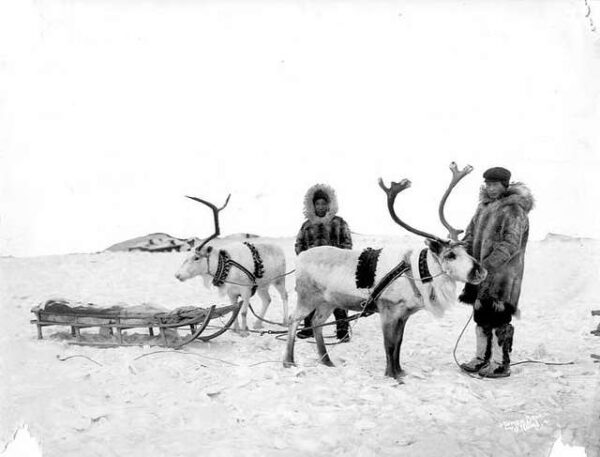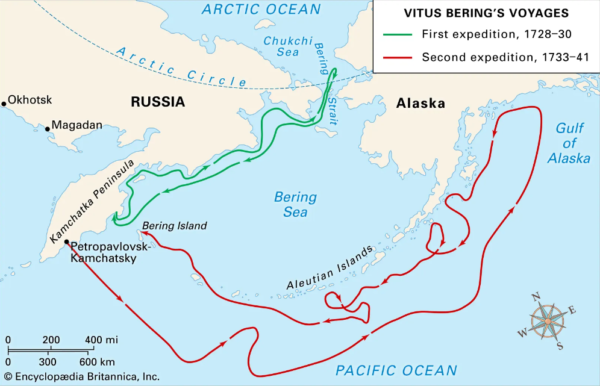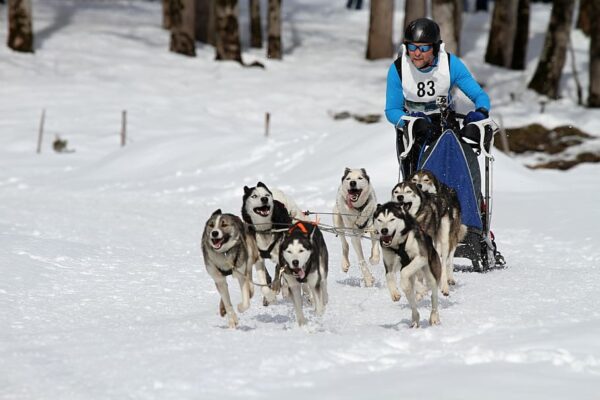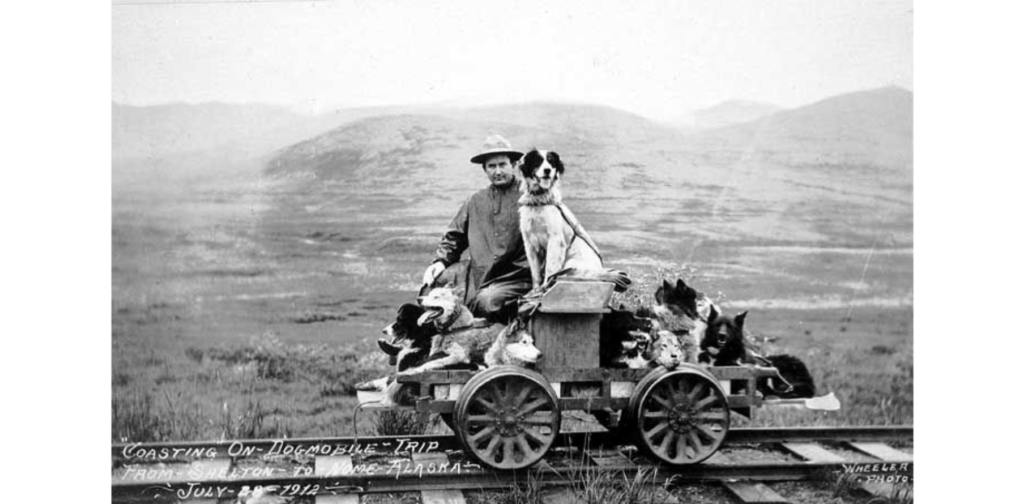The history of Alaska is without question, a story of adventure. The tale is rich and captivating, filled with tales of courage, exploration, and discovery in one of the world’s last frontiers. The vast and rugged terrain of Alaska has attracted adventurers, explorers, and pioneers for centuries, each seeking to conquer its challenging landscapes and unlock its hidden treasures.

The story begins with the indigenous peoples who have inhabited the region for thousands of years. These native Alaskans, including the Inuit, Yupik, and Athabaskan peoples, developed unique cultures and survival techniques well-adapted to the harsh Arctic environment.
European exploration of Alaska started in the 18th century. Russian explorers, led by Vitus Bering, made significant strides in the exploration of the Alaskan coastline. In 1741, Bering’s expedition sighted Alaska’s Aleutian Islands, marking the first recorded European contact with the region.
In the early 19th century, the Russian-American Company established trading posts and colonies in Alaska, solidifying Russia’s presence in the territory. Notable figures like Alexander Baranov played a crucial role in expanding the Russian influence and establishing the first permanent settlements in Sitka and Kodiak.

The Klondike Gold Rush:
The late 19th century saw a surge of adventurers and fortune seekers drawn to Alaska by the promise of gold. The Klondike Gold Rush, which began in 1896 after gold was discovered in Canada’s Yukon Territory (but had ripple effects into Alaska), brought a massive influx of prospectors and fortune hunters from across the globe. The famous Chilkoot Trail became the primary route for these gold seekers to access the Yukon goldfields.
Notable figures like Jack London, the renowned author and adventurer, ventured to Alaska during this time. London’s experiences in the Klondike significantly influenced his literary works, including “The Call of the Wild” and “White Fang.”
Explorations of the Interior:
In the early 20th century, explorers set their sights on Alaska’s vast interior, where much of the land remained uncharted. One of the most famous expeditions was led by the American naturalist and explorer, Charles Sheldon, who ventured deep into the Denali region (formerly known as Mount McKinley).

Sheldon’s efforts to preserve the region’s wildlife and establish Denali as a national park laid the groundwork for the protection and conservation of Alaska’s natural treasures. In 1917, Mount McKinley National Park was established, later renamed Denali National Park and Preserve.
Aviation Adventures:
Alaska’s remote and rugged landscape made conventional travel and exploration extremely challenging. As a result, aviation played a crucial role in opening up the state and connecting its vast regions.
In 1923, aviator Noel Wien founded Wien Air Alaska, the first airline in the state, making it possible to reach previously inaccessible areas. Aviation pioneers like Bob Reeve and Joe Crosson further pushed the boundaries of air travel in Alaska, performing daring flights and rescue missions in some of the world’s harshest flying conditions.
Bush pilots became legendary figures in Alaska, skillfully navigating through treacherous weather and terrain to transport people and supplies to remote areas. They also played a significant role in search and rescue operations, often risking their lives to save others.
Modern-Day Adventurers:
Alaska continues to attract adventurers and explorers even in modern times. From climbers tackling the challenging peaks of the Alaska Range to kayakers exploring the remote waterways, individuals from around the world seek to experience the untamed wilderness of the Last Frontier.

The Iditarod Trail Sled Dog Race, an annual 1,000 mile dog sled race is known for its grueling journey across harsh terrain, testing the endurance and skills of both the mushers and their dog teams. The race commemorates the 1925 serum run to Nome, where dog sled teams delivered life-saving diphtheria antitoxin to the remote town of Nome, Alaska, to combat a deadly outbreak. This historical event inspired the establishment of the Iditarod Trail Sled Dog Race in 1973, a tradition which continues to this day.
The history of adventure in Alaska is a testament to human determination, ingenuity, and the pursuit of the unknown. From the early indigenous peoples who mastered survival in the Arctic to the modern-day adventurers seeking to challenge their limits, Alaska’s allure remains undiminished. Its vast wilderness, breathtaking landscapes, and tales of exploration continue to captivate the imaginations of those who dare to embark on their own Alaskan adventure.
Begin your own Alaskan Adventure here:
adventurebuddy.com/seek-your-adventure/












